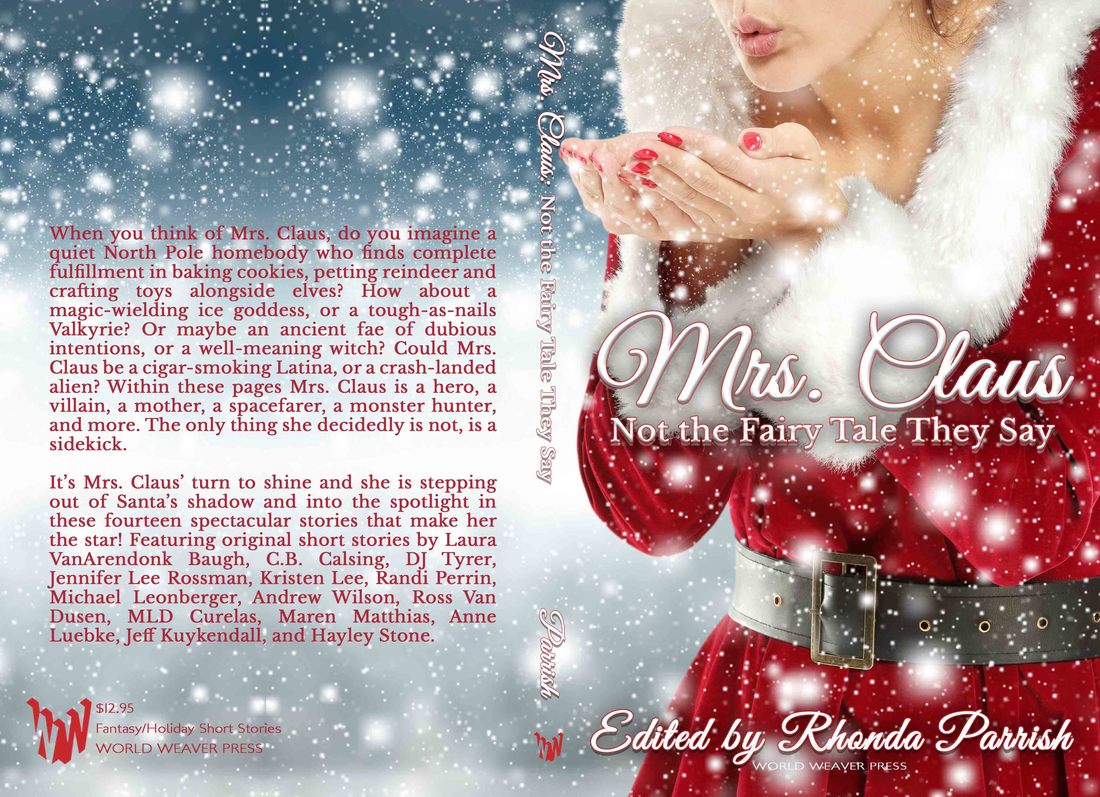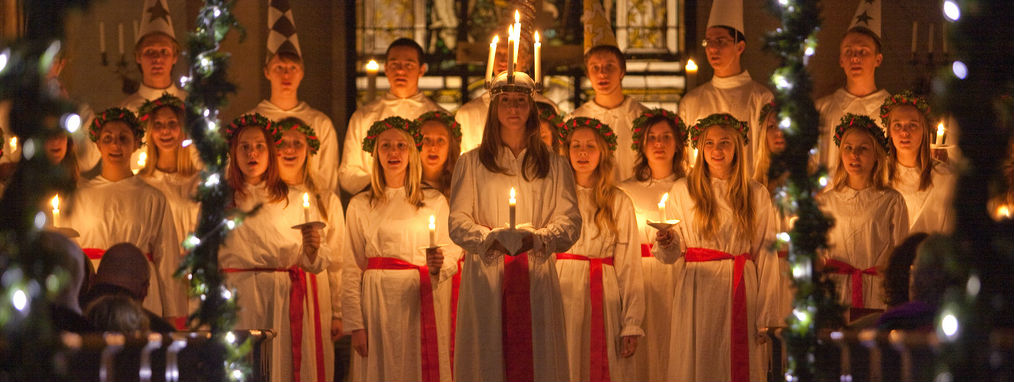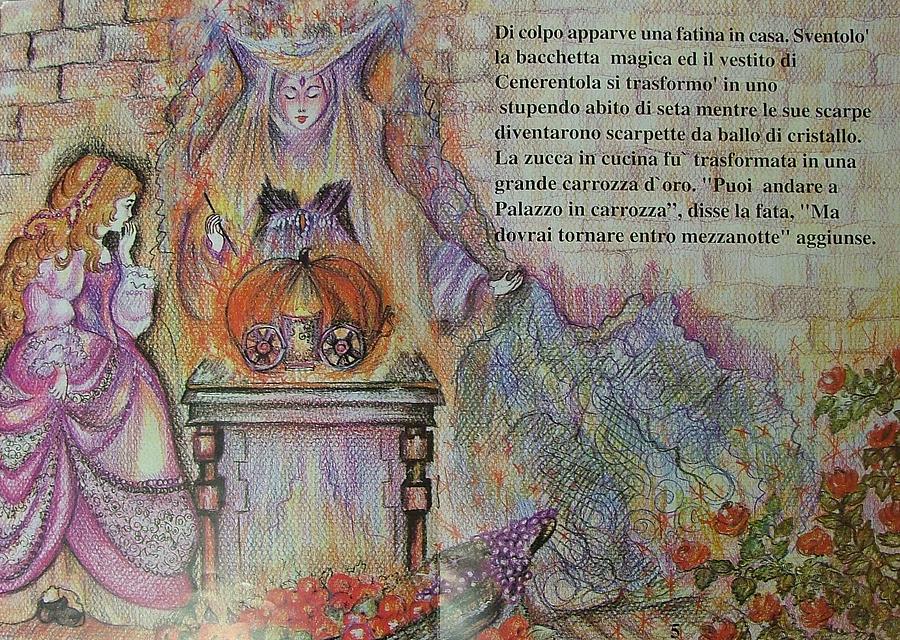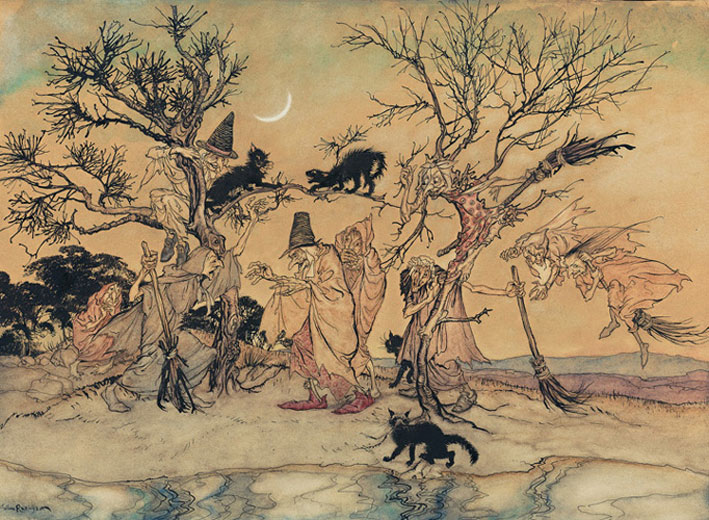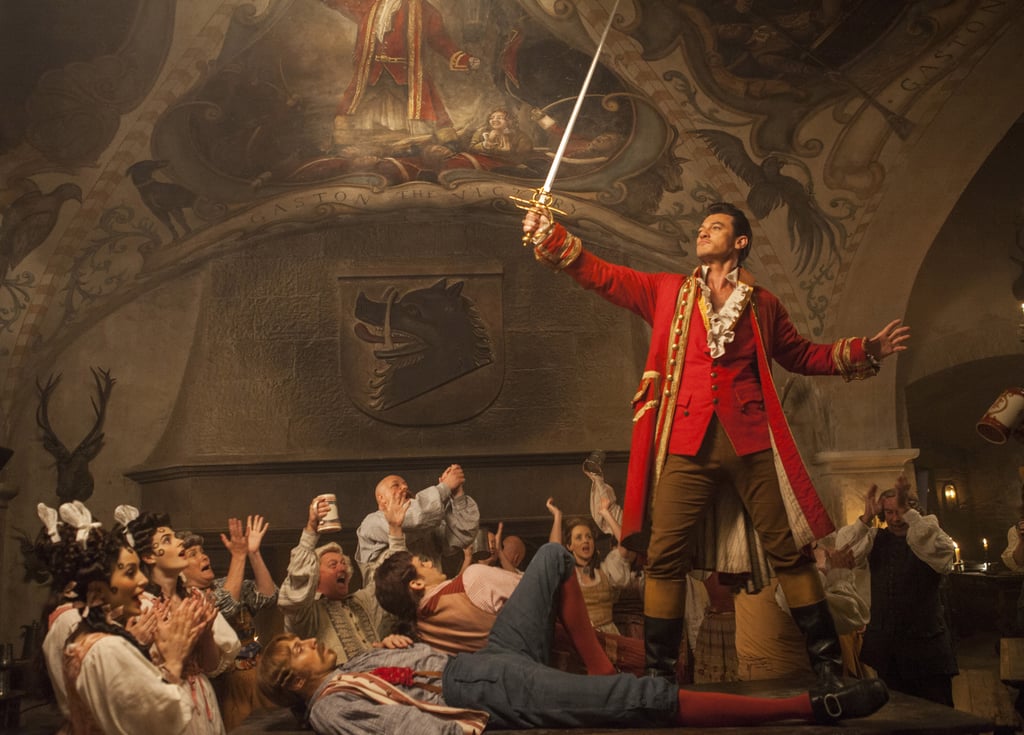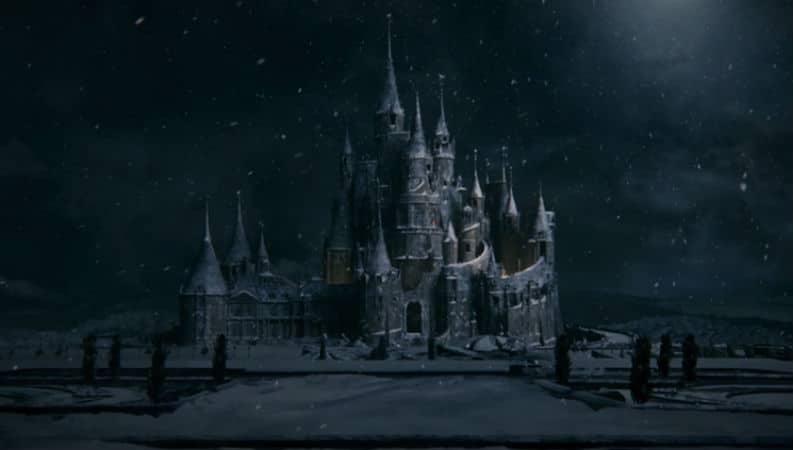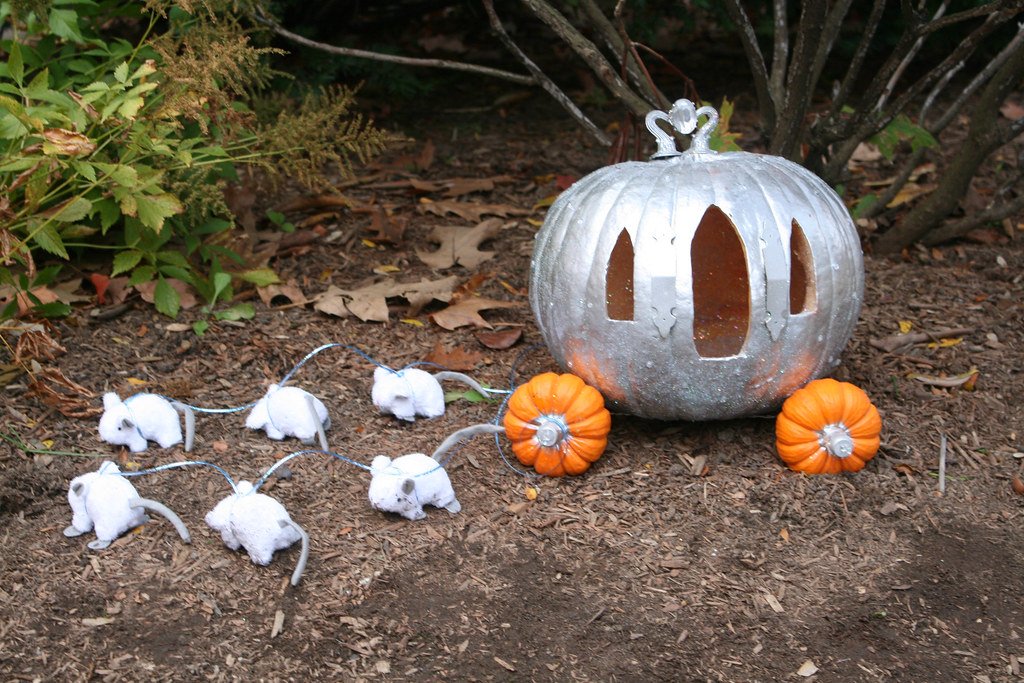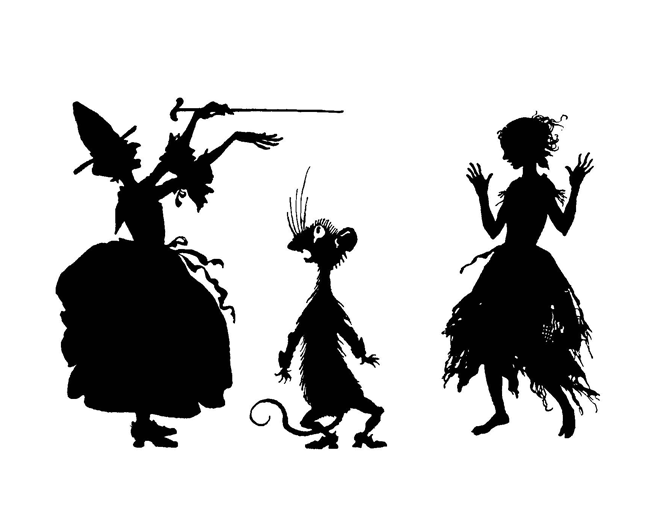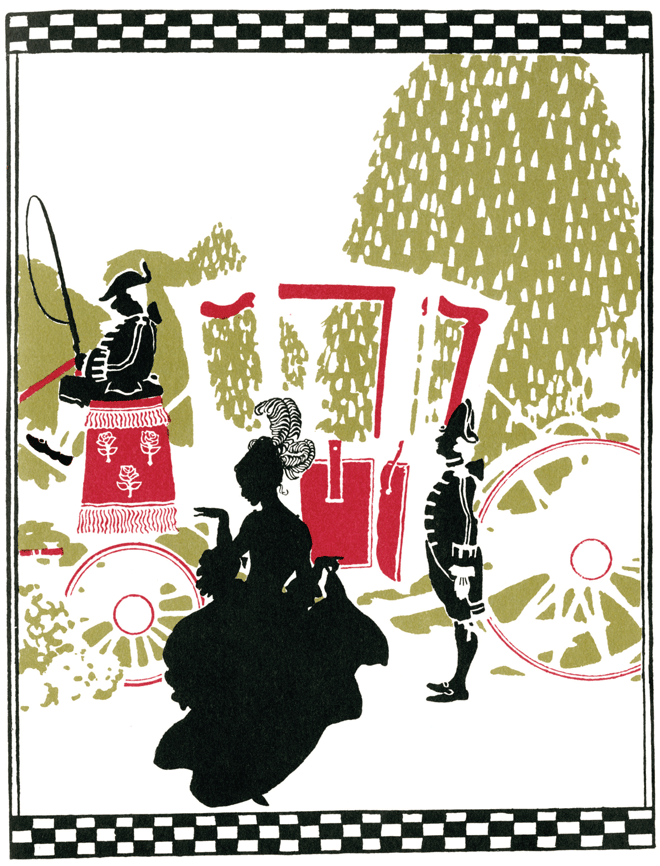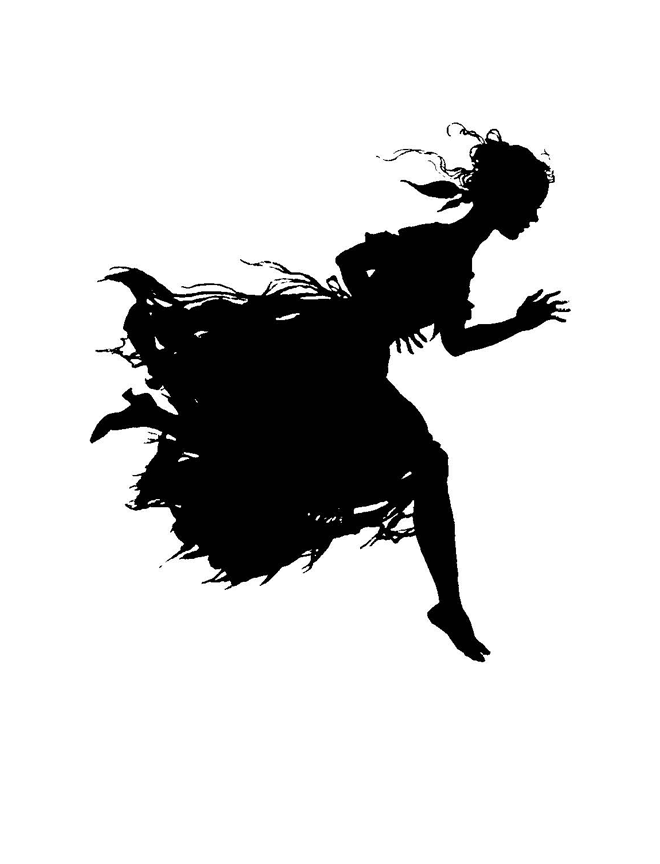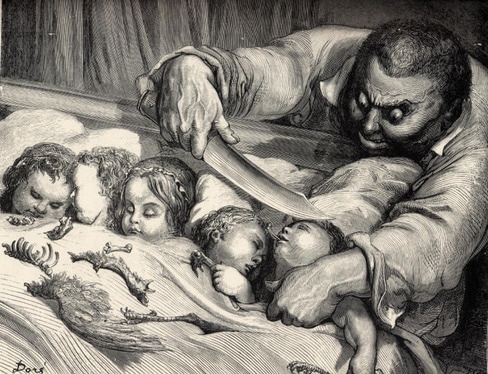Guess what I finally saw...?
So now the live action Beauty and the Beast is on Netflix (any major Disney film is usually available on Netflix within a few months). I know this movie was reviewed a ton back in March and I'm not sure if I'll be adding anything new. And I can never be unbiased about an adaptation of the Disney classic...it was my favorite movie as a child, I could probably quote the whole movie mostly accurately (but I've never tried to go from start to finish). It was my comfort movie-the one I watched when I was sick and always made me feel better. So really nothing could surpass the classic for this nostalgic girl...
But in the words of a friend,
"It made me want to watch the cartoon." (To be fair, most of my friends really liked the new film.)
Not that it was all bad, in fact I liked several of the changes they made.
Biggest improvement by far was LeFou, who went from being the stock dumb sidekick (who wasn't even that funny, truthfully) to what I found to be the most likable character, funny and with more depth. And honestly...I don't know that I would have picked up the fact that he was gay on the initial viewing if everyone didn't make such a huge deal about it, it was so subtle. We (my husband Tony and I) also liked Maurice better, more realistic than the comically short, bumbling old man.
But the rest of the characters just...
weren't that likable to me. One of the great tragedies of the film was how even excellent actors seemed to make the classic characters fall flat. Normally I would say Emma Thompson can do no wrong...but was it just me or was her accent really weird? And Ian McKellen's Cogsworth grew on me a little towards the end but I still wasn't crazy about him. He was much darker...the former Cogsworth was delighted to take Belle on a tour of the castle her first night there, complete with cheesy puns. This one wanted her to stay in her cell the first night in the castle. And I won't even get started on Lumiere...
But in order to make a BATB story work, you need a great Belle, a great Beast, and good chemistry. Normally I don't mind Emma Watson as an actress, but from her artificial sounding singing voice to her
acting coming across as very forced in general, this was her most distracting performance I've seen since the first Harry Potter movies.
Then there's the writing too...the
scenes with the villagers just seemed so random. Why are they so bitter about women reading? I'm no expert in French history circa the 18th century, but wasn't that not really a time period in which reading women were persecuted? Why did their dumping of her laundry on the street have barely any reaction from Belle? And if they're so unreasonable about reading, why were they all of a sudden much more civil when Maurice claimed Gaston, their hero, tried to kill him?
And speaking of
Gaston-he was initally not really that bad of a character. A little shallow maybe, but from what we saw, he hardly seemed to warrant Belle's rude rejections. The cartoon Belle's "I'm sorry Gaston, but...I just don't deserve you!" was so clever yet a polite turn down, because that Gaston would never in a million years imagine she meant
she was too good for
him. And no matter how arrogant someone is, it still hurts to be turned down. Their interactions just reflected poorly on Belle's character and not Gaston's. Later, his cruel murderous actions seemed random and not as believable.
I think Dan Stevens did fine as the Beast...it was so hard to tell underneath all the unnecessary CGI!
There were some
subtle changes I enjoyed, like when Beast asks if Belle is happy and instead of "Yes...(moodily stares off into distance)" she replies, "Can anyone be happy if they're not free?". And then props to this Beast for then being the one to realize she might miss her father. And that scene, borrowed from the musical, where the objects are one by one turning into inanimate objects...so haunting! It was nice that the happy ending included a reuniting of villagers with the cast from the castle. Oh, and the rose request from the classic fairy tale! And the super subtle nod to McKinley (I think) with the Beast meeting Philippe. And...
There are so many little things I could mention but I feel like that was part of the problem. So many things here and there introduced but not fully developed. Plot holes from the original film were filled in but I feel like it left just as many questions. I think I'm beginning to realize that
fairy tales, especially BATB, are really not well suited for film. They almost need the length and depth of a novel or tv show to fully get into backstories, side characters, and really develop such an unlikely romance realistically and steer away from Stockholm Syndrome. Or, it needs the beautiful simplicity of the bare bones classic fairy tale or children's picture book. (Aside from making me want to rewatch the cartoon, I also felt the urge to reread Robin McKinley's
Beauty and my
favorite picture book by Max Eilenberg and Angela Barrett).
Curious to see what you all thought!



